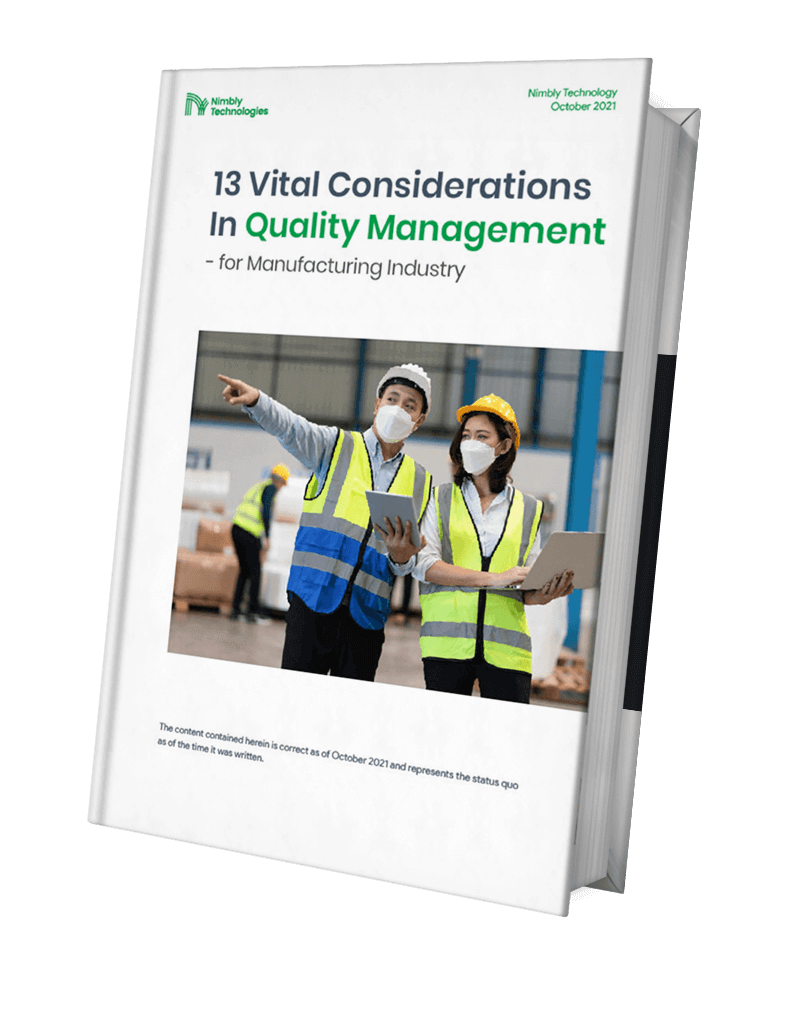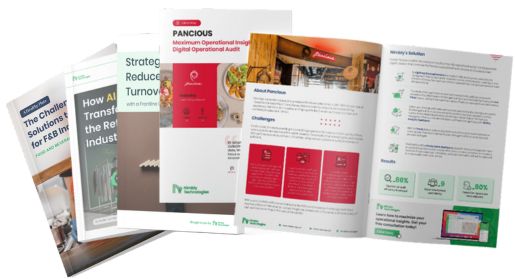

One of the things business owners must avoid is getting a non-conformance designation in their business operations. This designation signifies that there are issues in the system that needs to be addressed by the management. But what exactly is a non-conformance, and how can business owners avoid getting one?
According to ISO 9000, non-conformance or non-compliance designation is given when the quality management system does not meet the established requirements. This indicates that something—be it service, process, product, or the system as a whole—fails to meet a certain set of criteria.
The detail of this status is presented as a Non-Conformance Report or Non-Conformity Report (NCR). This well-organized document defines and analyzes the issue(s) based on findings during the audit or quality assessment process. Furthermore, NCR can help companies to find the best solutions to fix the issue(s) and their underlying threat.

As mentioned before, a non-conformance status occurs when something fails to meet the established requirements. In business operations, non-conformance can occur when a product, service, or process does not meet the quality standard of the company.
These deviations from quality standards are identified through various means. In most cases, NCR is presented after an external or internal audit. In this case, auditors use a set of criteria to determine whether the operation is up to standard or not. A non-compliance status can also be given after material inspection or after a series of customer complaints.
A non-compliance status poses a threat to the entire company because it indicates that something went wrong and the process needs adhering to. To prevent or minimize the chances of your company getting this status, you can follow these simple steps:
1. Perform risk analysis
First and foremost, this is the most crucial key to avoiding a non-compliance status. A risk analysis will help your business identify risk areas in the operations and create countermeasures to minimize or eliminate the risk.
2. Implement a Quality Management System (QMS) Framework
You can adopt an existing one or design your own framework. Either way, implementing the QMS framework will standardize your business operations from the manufacturing process all the way up to when the product reaches the end-users.
3. Train employees on Standard Operating Procedures (SOP)
Business owners are responsible for teaching and training their employees with the necessary knowledge regarding business operations. This is to ensure employees understand what needs to adhere to in the workflow.
4. Management review
Think of this process as a regular service to your vehicle. A management review is typically held annually to review the company's overall performance over the year. During this review, companies usually set new objectives or policies to minimize non-conformity.
5. Review
While management review is held for the upper management, an annual review is held for the employees involved with the day-to-day operations. Therefore, their insights are crucial to improve the system and minimizing non-conformance.
6. Test your product
In order to make sure the end product is devoid of misconfigurations, improper documentations, or any other possible issues, always test your product before it rolls out to the market.
7. Assess your partners, contractors, and suppliers
Sometimes, non-conformance may occur because something goes wrong from your partners, contractors, or suppliers' end. Make sure you carefully assess these third parties before you do business with them.
8. Keep things well-documented
Well-documented operations will help your business greatly. Your company should have a procedure for handling, storing, and retrieving documents in a catalog.
9. Internal audit
It's like a review, but with more comprehensive criteria. Furthermore, an internal audit is more organized and typically involves independent auditors, whereas a review is conducted by management.
10. Feedback
Customer feedback is crucial to any business. It will always be the fundamental reason for any future product development or improvement. Therefore, failure to adhere to customer feedback, especially in the form of complaints, will result to non-conformance.
Nowadays, keeping track of your business operations can be done anytime, anywhere, with the help of digital solutions like apps, programs, etc. These solutions can help you get real-time insights into your business, manage daily checklists, or automate audit processes, minimizing the risk of non-compliance. Click here to learn more about how to prevent non-conformity by digitalizing and automating your SOPs, checklists, and audit processes with Nimbly. Request your free consultation now.
